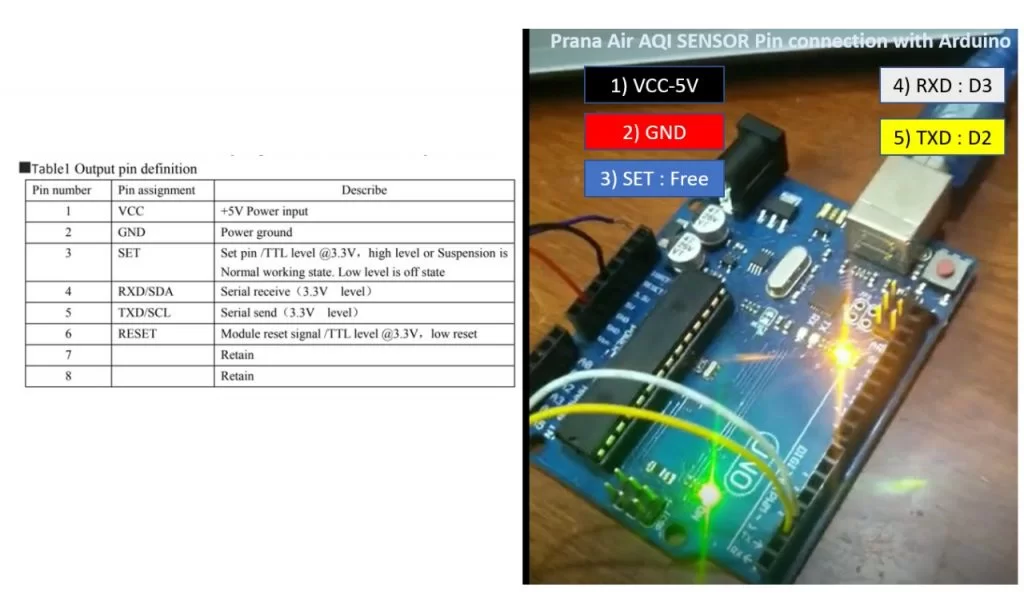
Arduino code can be used to control a wide range of electronic components, such as sensors, motors, LEDs, and displays, making it a powerful tool for creating interactive and responsive projects.
An Arduino code for particulate matter sensing would involve reading data from a particulate matter sensor and transmitting it over a serial connection to a computer or other device for analysis or display. The code would typically include initializing the sensor, configuring the serial communication, and then repeatedly reading data from the sensor and sending it over the serial connection. Depending on the sensor being used, the code may also need to perform some additional processing on the data, such as converting raw readings into concentration values or averaging multiple readings to reduce noise. Additionally, the code may need to incorporate some error handling or calibration routines to ensure that the sensor is working properly. Overall, the code would be designed to provide a reliable and accurate measurement of particulate matter levels in the air, which can be used for a variety of environmental monitoring and research applications. The Arduino code for particulate matter sensing involves setting up a serial connection and pins for the PM2.5 and PM10 sensors. In the main loop, the code waits for data from the sensor, which is received every 2-3 seconds. Once the data is received, it is parsed and printed to the serial monitor. This code enables the accurate measurement and monitoring of particulate matter levels using an Arduino board and a PM sensor.
